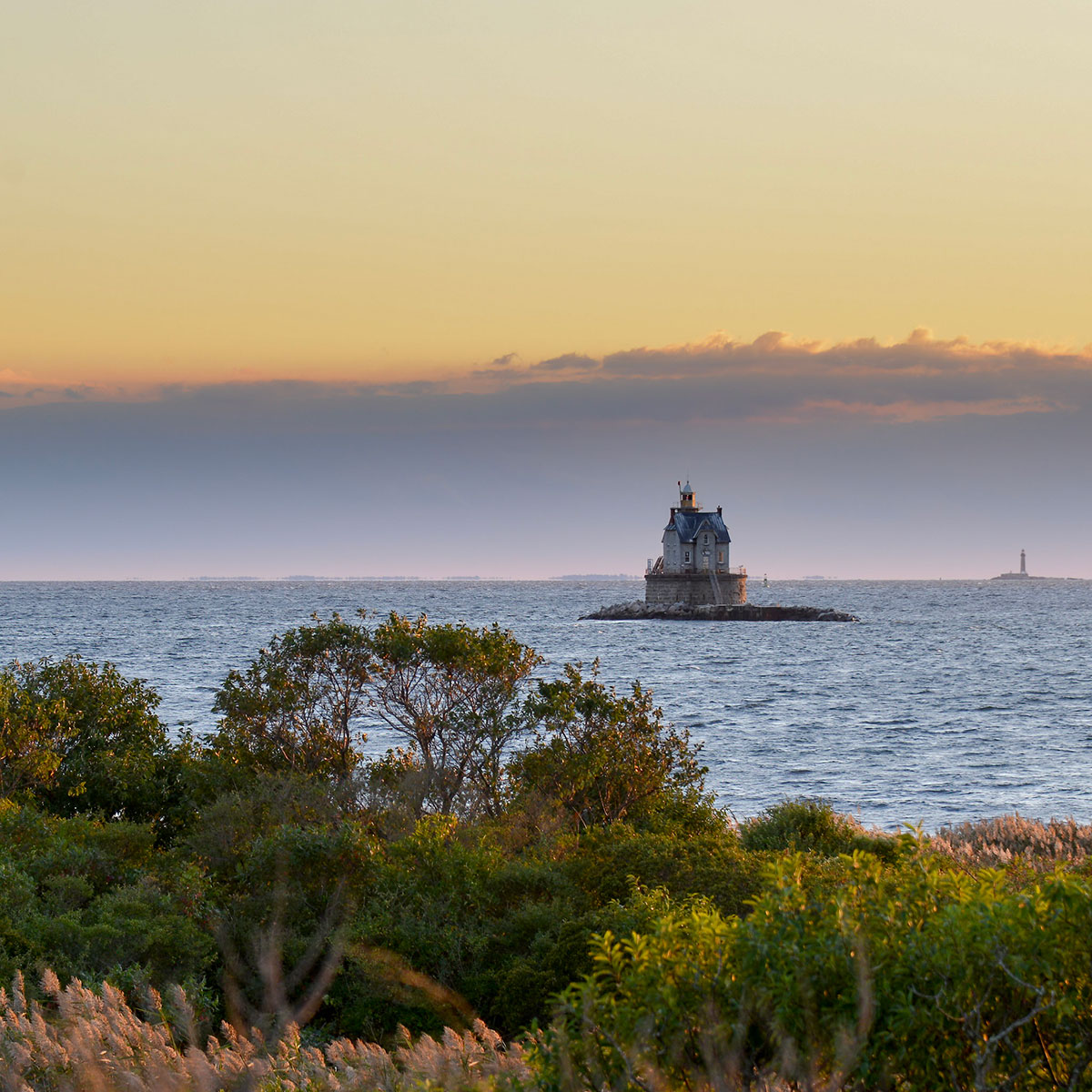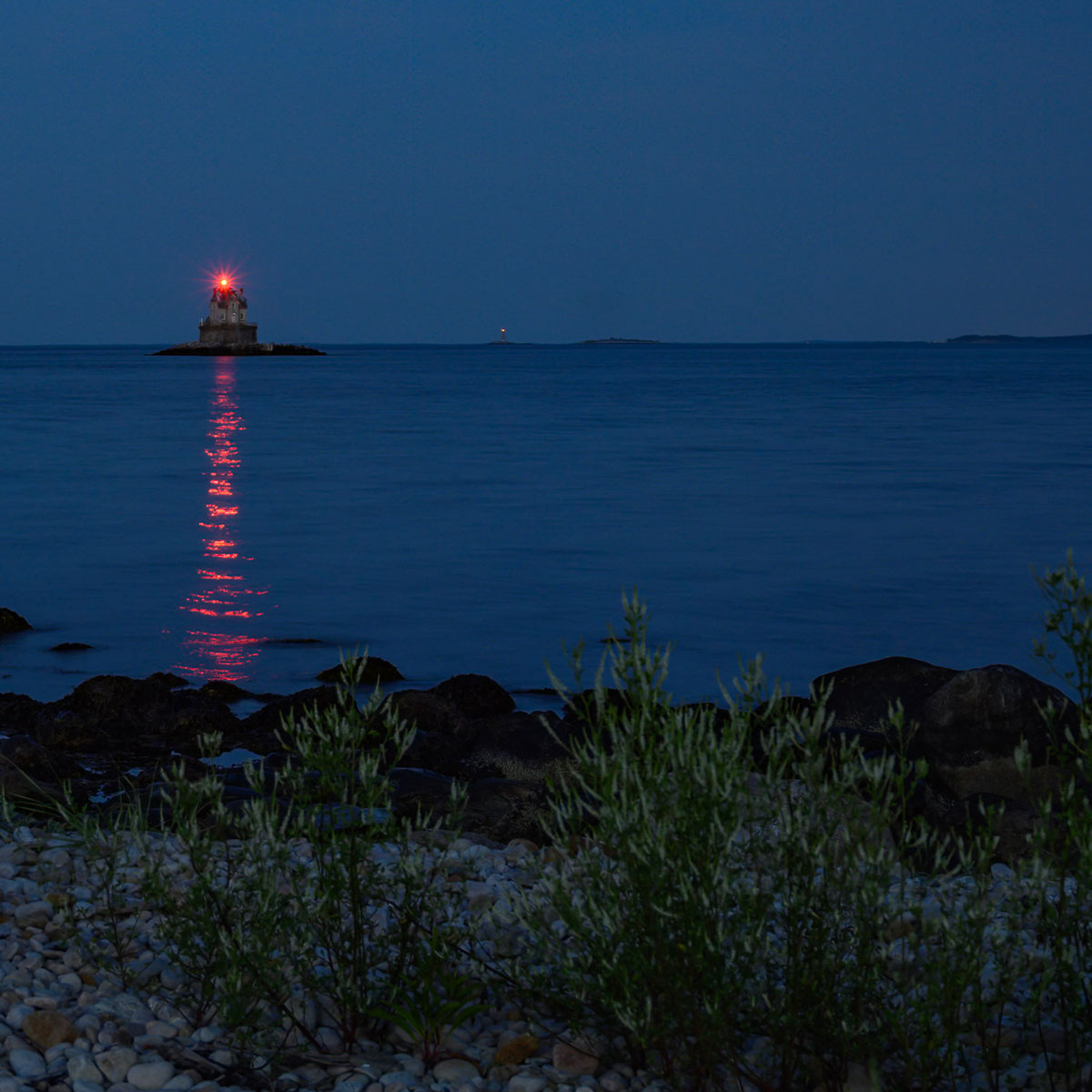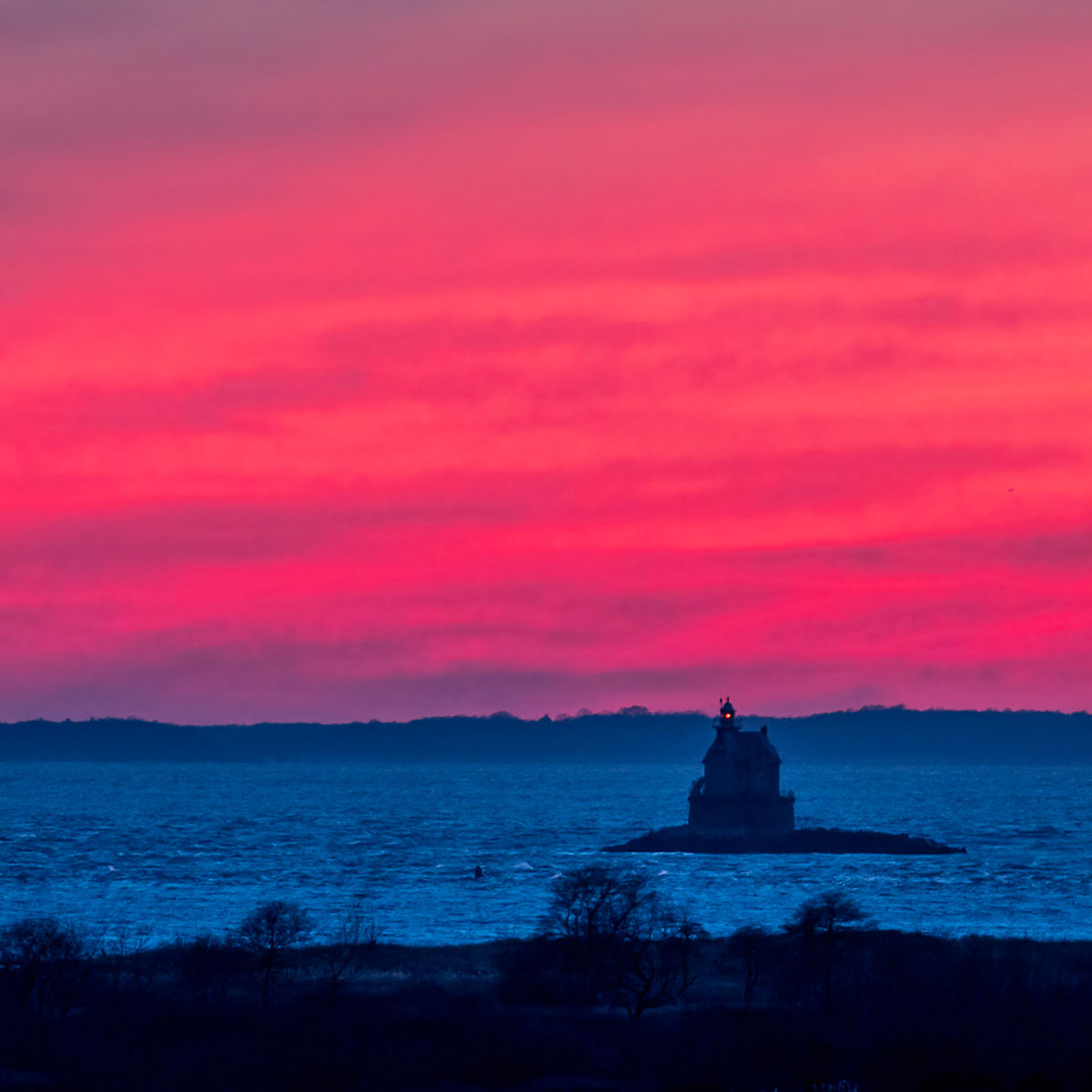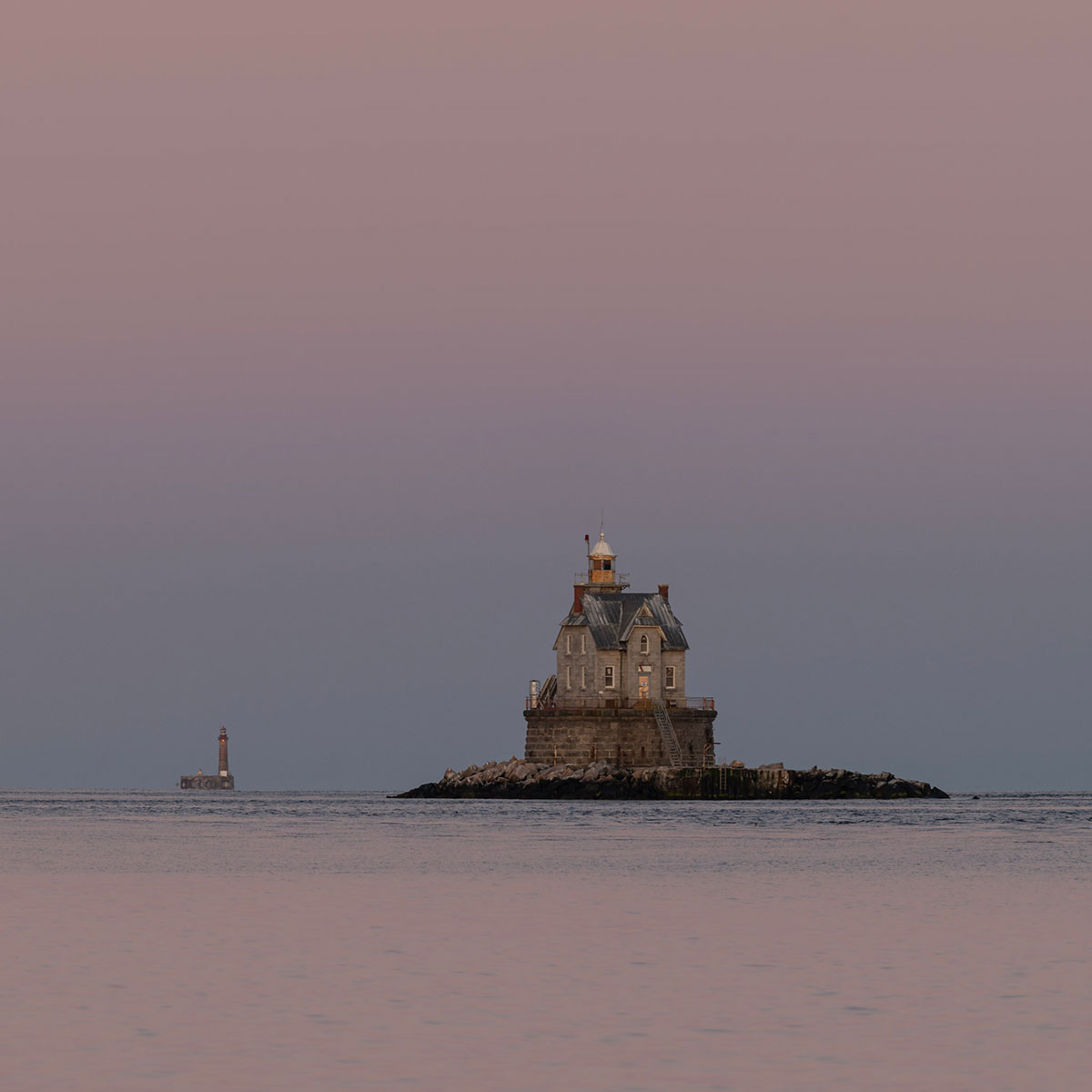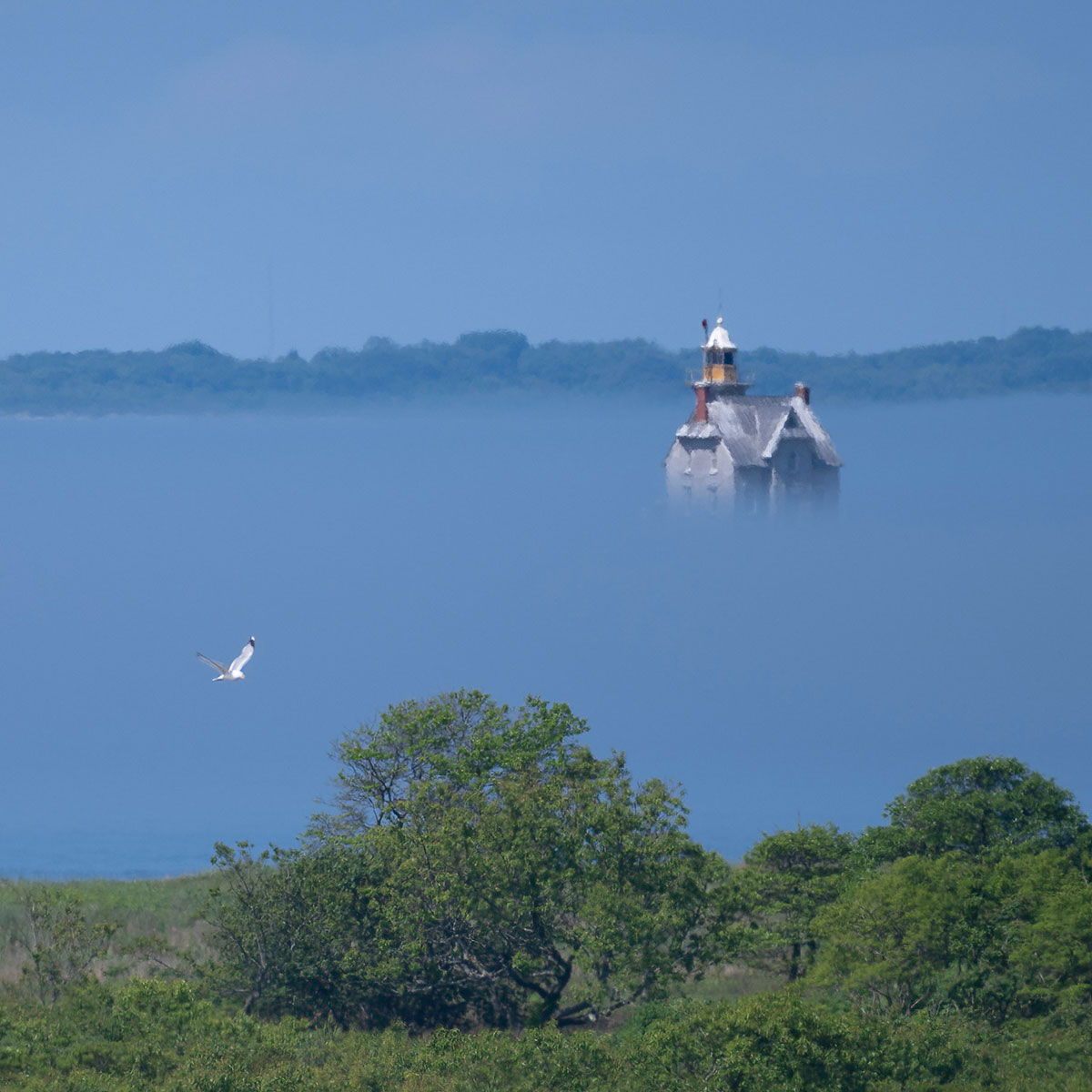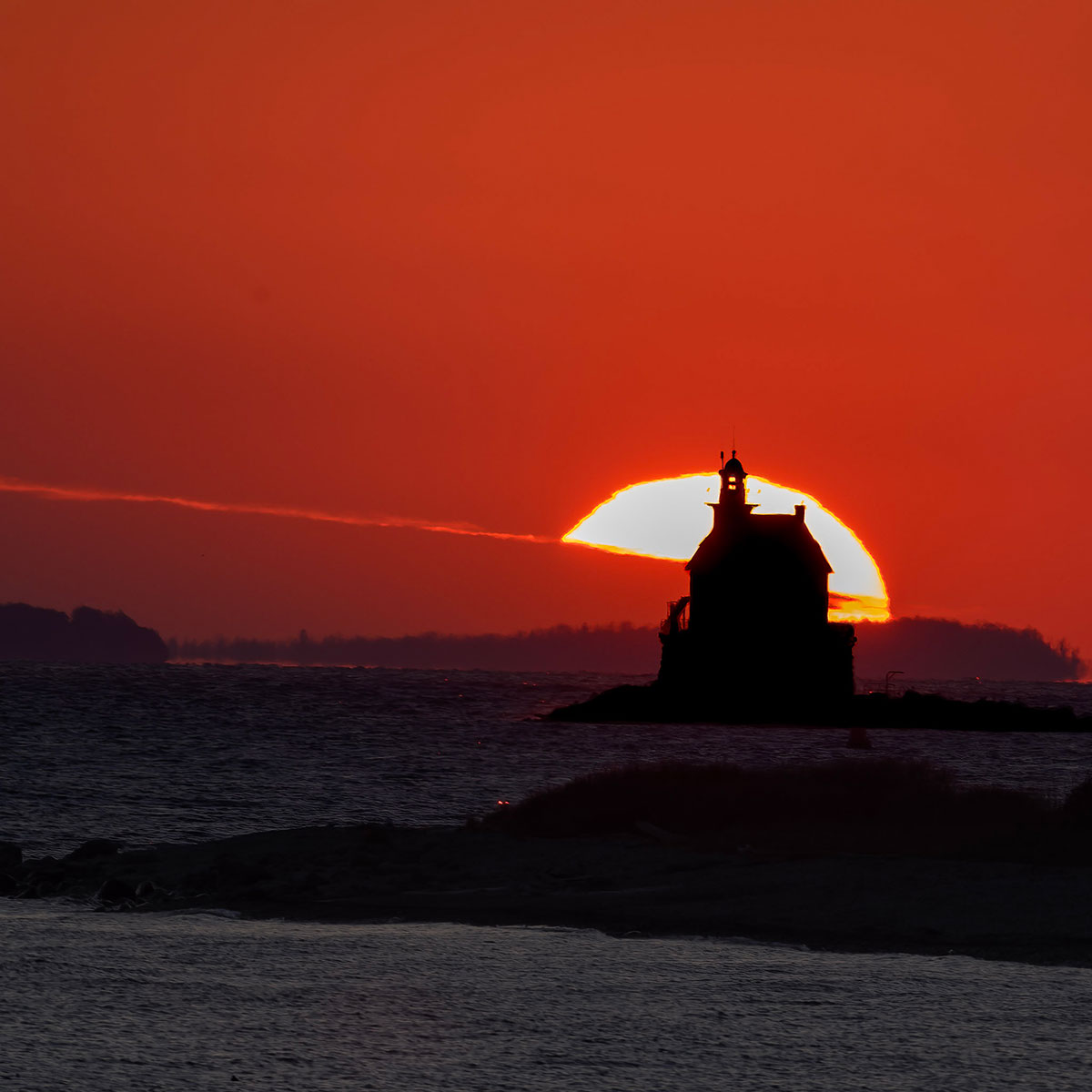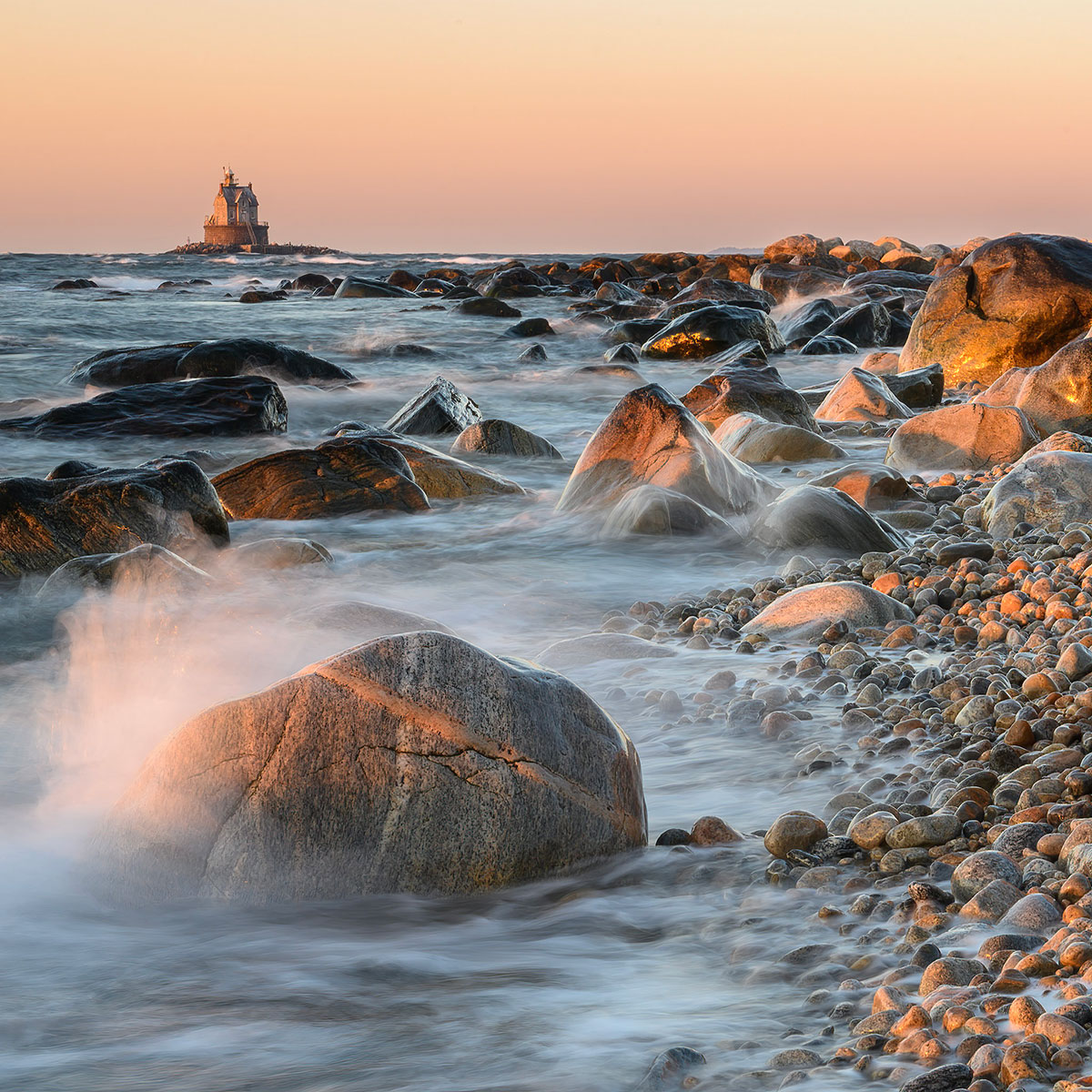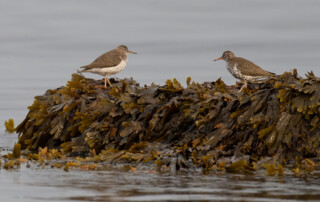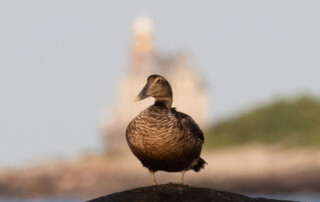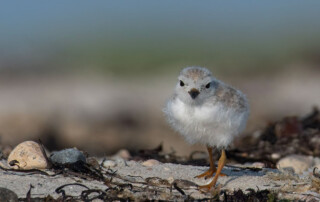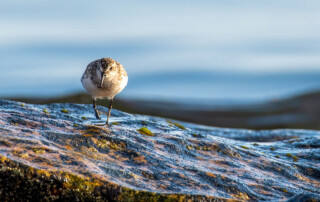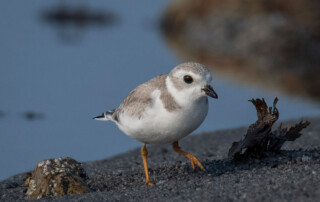Race Views
A Closer Look
Photographs by Todd McCormack
It’s a familiar story: one spouse has a long family history with this Island, and the other marries in. As a recent empty nester, this soon-to-be Fishers-in-law was more excited to set out to “see the world” and had worries that a home here would tether me to one place.
I’ve always loved taking photos, documenting travels and family milestones; it is my hedge against my less reliable memory. But it wasn’t until I came to Fishers that the desire to capture nature’s perpetually unique moments emerged.
Looking across Hay Harbor golf course, I’m fortunate to have a view of Race Rock from my home. Its allure never disappoints. Due to shifting winds, tides, and light, this one stationary subject symbolizes what I now like most about our decision to establish roots on Fishers. By staying in one place, I began to see the world and appreciate its reliable rhythms, the moon’s cycles, and the pathways of the sun’s light, forever casting unique vistas to increasingly familiar landscapes. New questions inevitably emerged: what happened to the sand on South Beach? What bird was that? Why was the golf course being burned? When will the sun set directly behind the Race?
And these new curiosities fueled my search for answers. I am grateful to the growing group of friends who provided them, introducing me to new parts of our Island captured here. I never knew the Madeline Avenue Pond existed until Ken Edwards took me there two years ago, and now I stop by there almost daily. My knowledge of ducks ended with mallards until Jim Baker introduced me to his family’s decoy collection. A snowy owl sighting one cold January afternoon connected me to Justine Kibbe, and I soon learned about her Sanctuary of Sands she worked so hard to protect.
Without question, my most significant realization during my emersion into Fishers’ ecosystems is that our Island’s natural resources do not endure well, “Naturally,” as the title of the Museum’s summer exhibition implies. Sadly, we humans still hold the title of the most invasive species. Teams of people, often across generations of families, remain committed to educating us and stewarding the habitats that provide refuge to the birds and wildlife who share our Island with us. We owe them all a huge debt of gratitude.
I hope my lens brings proximity to some of the wonders we enjoy due to their efforts–wonders available to all who are willing to stand still and take a closer look.


